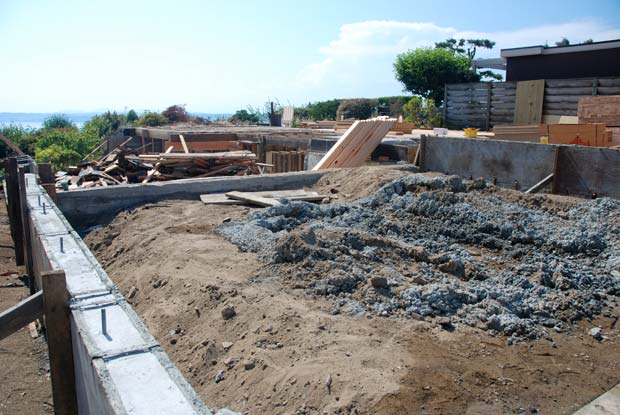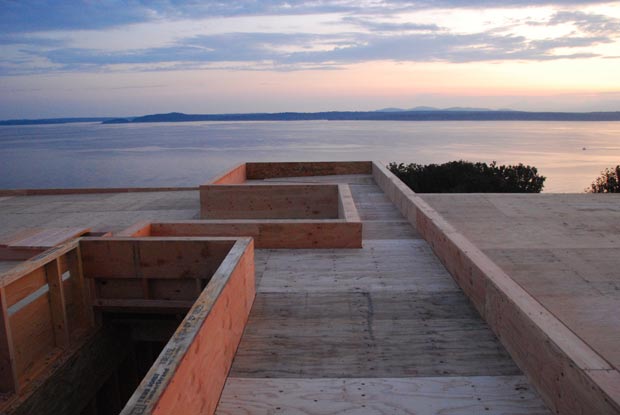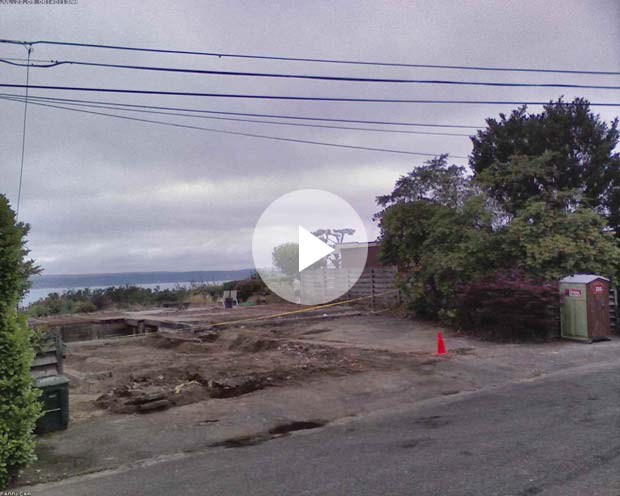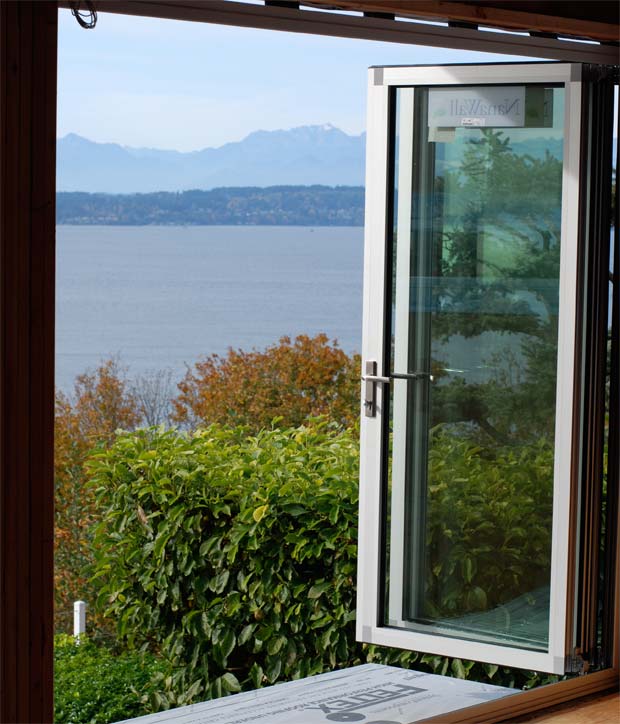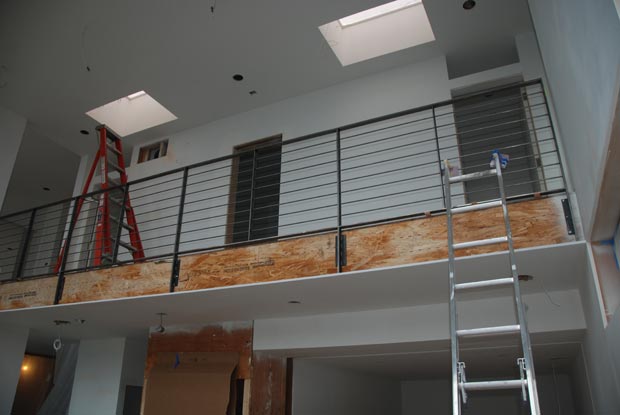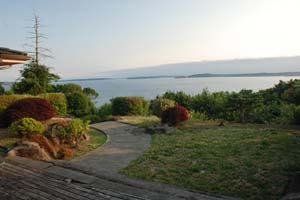Deconstruction Complete
On July 23rd, deconstruction of the old house was officially completed. The process began on July 9th and took 8 business days (2 Monday-Thursday workweeks) to finish. I am completely satisfied and amazed at how this phase went, and I credit the great work of Noel Stout and his team at The RE Store as well as Paul Jensen Excavating for removing a 50 year old mass of brick, metal, wood, and sandstone with the delicacy of a surgical team.
A timelapse is worth a thousand words, so before explaining this phase any further, take a look at the whole process compressed down to about a minute:
Probably the most amazing part about this deconstruction is how much material we saved from going into a landfill. I don’t have the final weight numbers yet, but essentially 40% of the house was resold to other home builders, 50% of it was recycled, and only 10% of it went to the dump. Amazing. For all the talk about building green using expensive solar panels and other technologies, this step has a much greater immediate positive environmental impact, in my opinion. I talked to Paul — the gentleman operating the excavator — and he told me he could have technically knocked the entire house down in five hours if it was all going to the dump. I ended up paying more in labor fees to deconstruct the house instead of demolishing it, but I would have paid more in dumping fees the other way. In the end, it’s better to spend your money on good, honest, environmentally-conscious labor than on dumping fees.
As an extra-added bonus, I had the re-sold elements appraised at Foss Appraisal and they came out to a whopping $18,000… about triple what I expected. This means I can write off $18,000 in donations from my taxes (note: any claim over $5000 requires this third-party appraisal).
The second-most amazing thing about this process was how little collateral damage was caused by it. One of my Japanese maples lost a branch due to a window frame falling and one of the neighbor’s garden rocks got cracked when a dumpster truck bumped into it, but that’s about it. To remove that much house off the side of a cliff with that little damage is astounding to me. The crews were all very nice too and entertained the neighbors with explanations the process.
Finally, the last amazing thing to me about this deconstruction was how freely everyone moved around in the presence of such dangerous machinery. In watching the livecam all day (I have an actual video feed on my desktop… not just the stills), I frequently saw people crossing in front of, behind, and on each side of the moving excavator arm without ever getting hit. The almost unconscious coordination these people have is unbelievable.
On to framing!
Costs accrued during this stage:
| Miscellaneous excavation fees | $270.00 |
| RE-Store (deconstruction services) | $18,611.69 |
| Honeybucket rental | $167.19 |
| Appraisal fee for donated materials | $270.00 |
| Recycling/dumping fees | $7,724.71 |


